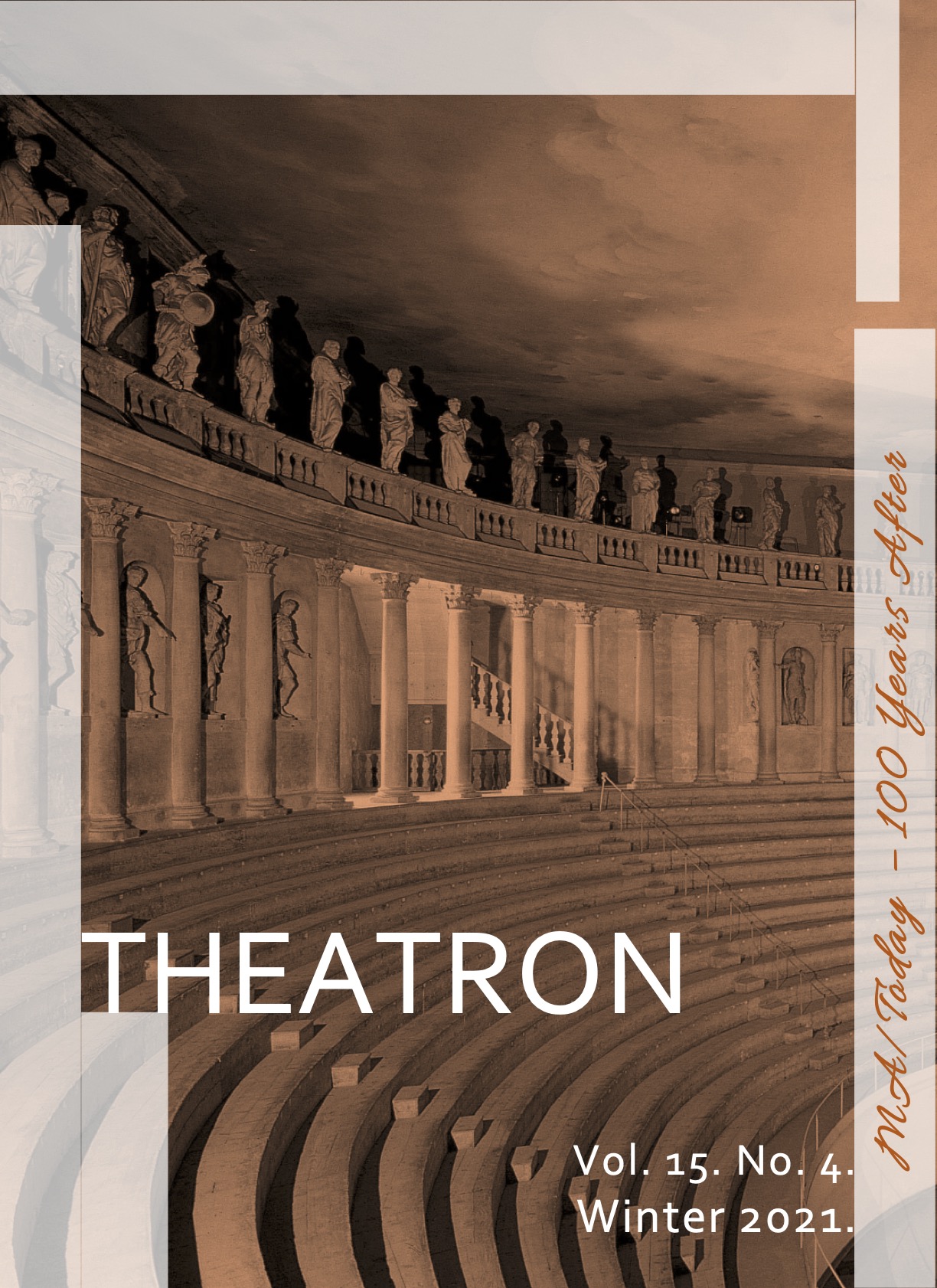Political or Aesthetical Subversion?
Political or Aesthetical Subversion?
Strategies of Avant-Garde Speaking Choirs in Interwar Hungary
Author(s): Dávid SzolláthSubject(s): Studies of Literature
Published by: Theatron Műhely Alapítvány
Summary/Abstract: Speaking choirs were underground artistic groups of labor-class youth in Hungary in the period between the two World Wars. The groups, led mostly by Avant-Garde artists, were artistic and political communities also. Dadaism, Expressionism and Constructivism, Soviet Proletkult and revolutionary mass festivals had considerable influence on the speaking choir movement. Politically, a number of the choirs were influenced by the Social Democratic Party, others by the illegal Communist Party, but some of them, such as the choir of Kassák or the company of Palasovszky, were autonomous leftist groups that strove to remain detached from any kind of party influence.In the paper I will give two examples of works written especially for speaking choirs. One is a poem by probably the best known twentieth century Hungarian poet, Attila József (Tömeg [Crowd], 1930). The other is a mass play of multiple choirs written for street performance. It is called Punalua (1926), it was written by a lesser known Avant-Gardist poet and stage director, Ödön Palasovszky, and due to its grand scale, it was never performed. The poem of Attila József, though a masterpiece of its genre, remains enclosed in its own sociocultural context whereas Punalua is still open to reinterpretations.
Journal: Theatron színháztudományi periodika
- Issue Year: 15/2021
- Issue No: 4
- Page Range: 110-120
- Page Count: 11
- Language: English

